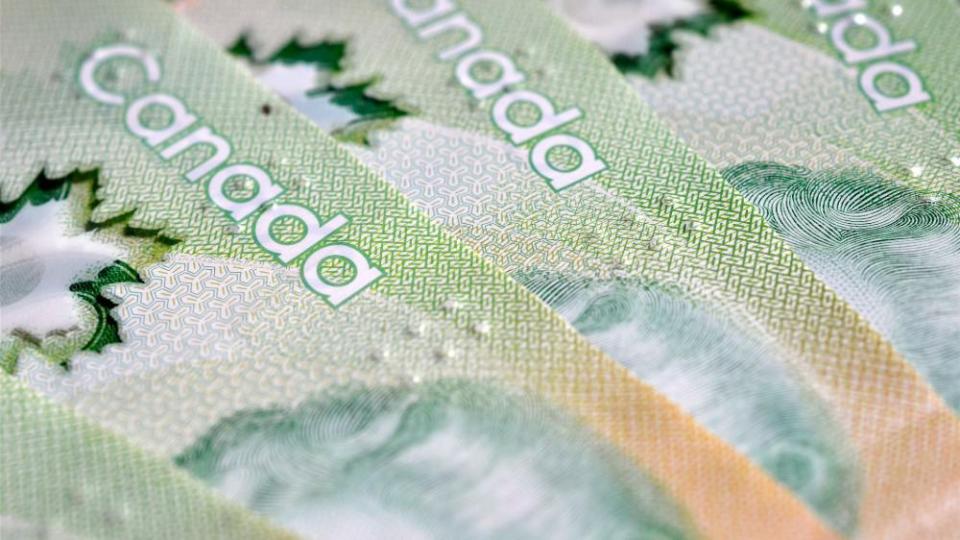Retirees: Here’s How to Calculate the CPP Taxes You Owe the CRA

CPP taxes are the bane of many a Canadian retiree.
Not only are they taxes on a program you paid into your entire working life, they’re also not deducted by default. So unless you request that the CRA deduct the taxes for you, you’ll have to calculate the amounts owing and send them to the CRA.
That can be a real pain. If you’re not an accountant, Canada’s tax system can seem overly complex, with federal rates, provincial rates, credits, deductions, and more. In fact, if your tax situation is extraordinarily complex, you may need expert help just to file a return that gets all the details right.
That’s on top of the fact that you’ll be paying taxes on pension money in the first place–a sensitive topic for many CPP recipients.
Fortunately, if your income situation is straightforward, it’s not that hard to find out how much tax you’ll owe on CPP. If you have nothing but an employer pension and CPP, it’s just a matter of finding your marginal tax rate and applying that to CPP. If you have investments, that can make things a little more complicated–but as you’re about to see, you can sidestep that matter entirely.
Step 1: Find out how much CPP you’re going to get
The first step toward calculating your CPP taxes is to find out how much pre-tax CPP you’re going to get. This depends on a number of factors such as contributions made, at what age you decide to take CPP and more.
The longer you wait to take CPP, the larger your annual payouts. If you aren’t having taxes automatically deducted by the CRA, you can just look at how much you received last month. That is, assuming there haven’t been any scheduled increases.
Step 2: Find your marginal tax rate
Once you know how much CPP you’re going to get, you need to find your marginal tax rate. That’s the tax rate you’ll pay on an extra dollar of income. Generally, your marginal tax rate is the combined federal/provincial rate in your highest tax bracket. For example, if you make $250,000 a year in Ontario, your marginal tax rate is 53%.
A word to the wise: Investments can influence your marginal tax rate. Investment income is taxable income, and it counts toward your marginal tax rate. So if you hold stocks like Fortis Inc (TSX:FTS)(NYSE:FTS), you have two potential sources of taxable income: dividends and capital gains.
Dividends are grossed up by 38%, then taxed at your marginal rate less a 15% credit. Half of a capital gain is taxed at your marginal tax rate. You do get a lot of credits and special rates on investment taxes, but they still push your taxable income higher.
Fortunately, as mentioned earlier, you can easily side step investment taxes. The way you do that is by holding stocks like FTS in a Tax-Free Savings Account (TFSA). The TFSA is a special tax-free account that spares you investment taxes. You can contribute up to $69,500 to one, if you have accumulated space.
Not only do you avoid direct taxes by holding investments in a TFSA, but you could potentially avoid being pushed into a higher tax bracket.
Step 3: Apply your marginal tax rate to your CPP
The final and easiest step in calculating your CPP taxes is to apply your marginal tax rate to your CPP. If you’re going to get $10,000 in CPP in a year, and your marginal tax rate is 30%, then you’ll pay $3,000 in taxes.
As you can see, it’s not that complicated once you have everything figured out. If you want to avoid having to calculate all this yourself, you can request that the CRA do it for you. However, their estimates may be off if you have unexpected windfalls they don’t know about.
The post Retirees: Here’s How to Calculate the CPP Taxes You Owe the CRA appeared first on The Motley Fool Canada.
More reading
CRA Update: a Brand-New $500 Tax Break You Can Claim in 2020!
Air Canada (TSX:AC) Stock Owners: Mark This Thursday on Your Calendar!
Fool contributor Andrew Button has no position in any of the stocks mentioned. The Motley Fool recommends FORTIS INC.
The Motley Fool’s purpose is to help the world invest, better. Click here now for your free subscription to Take Stock, The Motley Fool Canada’s free investing newsletter. Packed with stock ideas and investing advice, it is essential reading for anyone looking to build and grow their wealth in the years ahead. Motley Fool Canada 2020

 Yahoo Finance
Yahoo Finance 